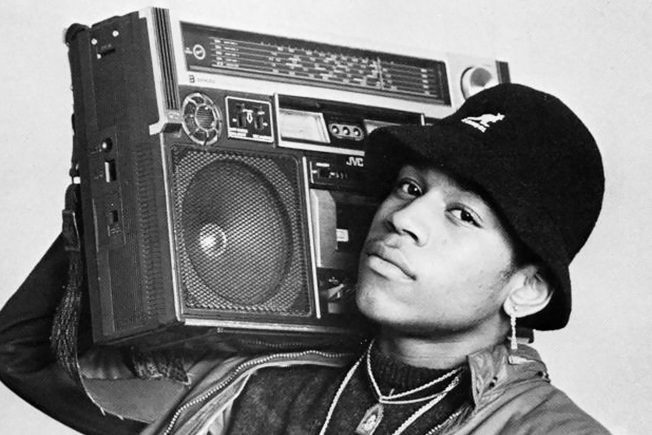Nasir Jones, a.k.a. Nasty Nas, made one of the best rap albums of all time at the young age of 21. ‘Illmatic’ would go on to define the east coast sound for decades to come, and it remains a staple in the conversation around hip hop. This Black History month, creatives, we go into three specific moments in Nas’s journey for some perspective into what’s like on the other side of the legend. ‘Illmatic’ engulfed Nas in the life of an artist, and came out with real insight. Hopefully there you can gain some insight as well.
QUICK LINKS

Before He Was Nas – Your Time Will Come
Have you ever placed time limits on your career as an artist? Get signed by a certain age? Touring by a certain age? This is very common among creatives especially when they see artists like Billie Eilish explode by 18.
Nas broke out at a relatively young age as well, but this wasn’t a result of self-induced pressure. It was actually the opposite. It was the result of trust. It was a result of faith in himself and his timing as he told Rick Rubin on The Broken Record :
- “I would hear tapes by the Cold Crush Brothers but not really pay attention cause even though it was the most poppin’ tape out, I could hear the time in their voice…I knew it wasn’t for me at that time. I said in time will be my time.”
If Nas made the decision to force himself into the rap game for the sake of time, Illmatic may have never existed. Time is a force you can work with because you can control what you do with it. Will you spend your time trying to reach certain accolades? Or will you spend your time making music that represents your authentic self?

Remain Humble – Nas Gets Signed.
Is there any artist in history who made their mark alone?
Spoiler alert: the answer is “no” and yet there are so many examples of artists who only give themselves credit for what they have accomplished. Nas is not one of those artists now and he wasn’t when Illmatic got signed:
- “I was happy to be involved with so many creative people…I felt I was going to be protected with their tutelage. I felt like I was in a safe situation so it was like a super dream come true. This is what we are all looking for.”
While there may be the occasional outlier who can manage to remain relevant while devaluing those around them, they are not setting a good example. If someone is known to be selfish and difficult to work with, how do you think their career will go?
Is collaboration not one of the best parts of music? Finding someone else who understands, appreciates, believes in, and supports your vision? The first step to collaboration is remaining humble and treating others with respect.

Reality of Success vs Fantasy of Success
The idea of “success” is something we discuss a lot in this blog. Why? Because success, like art itself, is entirely subjective. You decide what it means to be successful. Does it depend on money? Fame? Or something else?
Nas achieved “success” at a very young age, and as he reflects on that initial experience almost 30 years later, words like “money” and “fame” play no role.
- “Everyone has their own journey. At times it was better than I imagined at other times it’s like ‘what’s going on?’…Realizing people aren’t superheroes all the time. These people you look up to are people.”
No matter how rich someone is, how many awards they’ve won, how many twitter followers they have, they are a person and they are trying to define their own version of success. By understanding that truth you empower yourself to create for your own fulfillment. Not a lifestyle seen through the lens of an Instagram filter.
So ask yourself. What is YOUR version of success?

Turn your passion for music into a Profession: Learn more about our Music School Programs!
MORE ARTICLES FROM THE ICON BLOG

FIND YOUR SOUND, HONE YOUR CRAFT:
Are you ready to turn music into a career? ICON prepares students to become music producers, composers, performers, recording artists, professional DJs, and entrepreneurs in the entertainment industry. Click below to get information about our award-winning programs:

